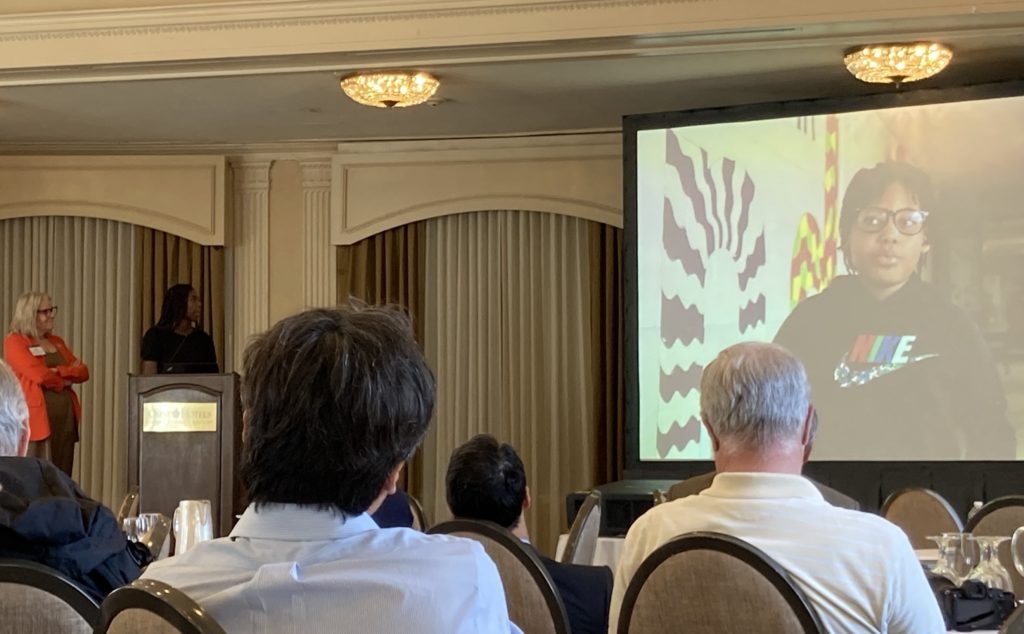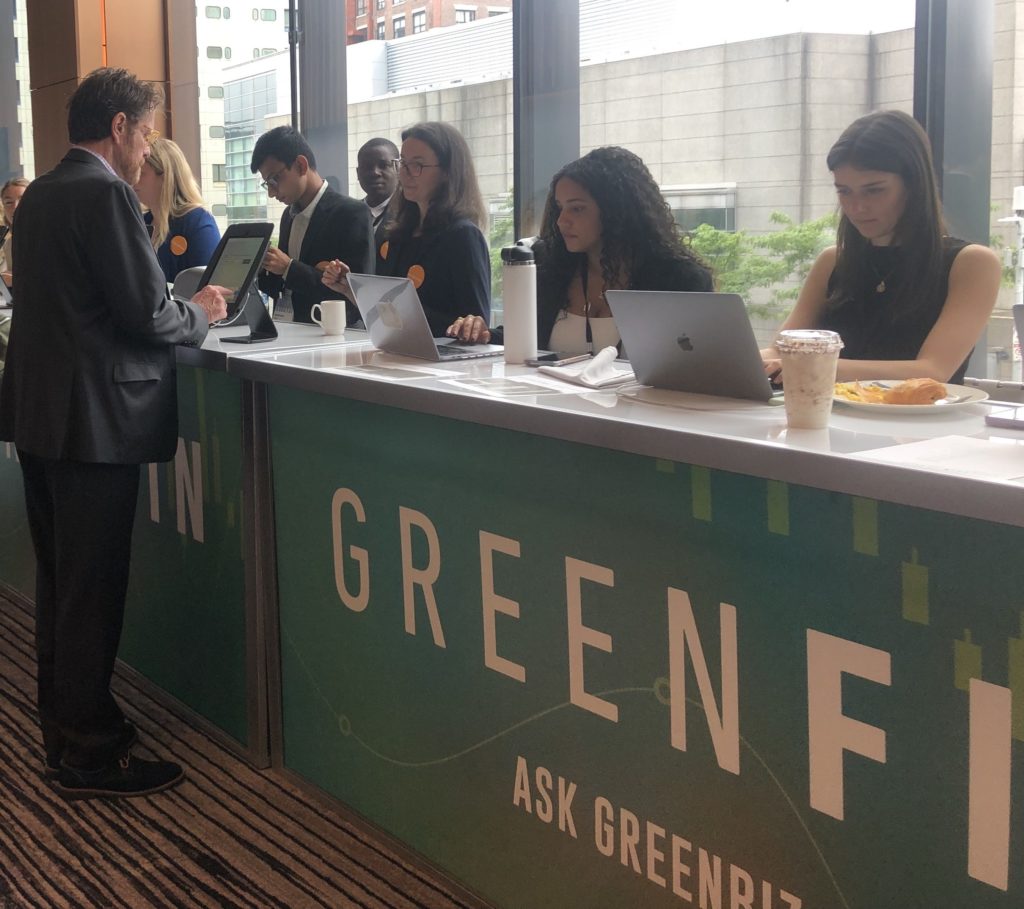June was a busy month at Energy for the Common Good (ECG) when we went out to convene with stakeholders at the intersection of clean energy research, finance, and policy. ECG attended the ARPA-E Fusion Programs Annual Meeting and the GreenFin23 sustainable finance event, both held in Boston, taking the opportunity to listen to and engage in these vital and necessary dialogues with knowledgeable experts and leaders from all three areas; our inclusion and contributions to each meeting validating the importance of our public engagement process to the fusion sector’s commercialization.
Coming on the heels of a year marked by advances in investments in many early fusion startups in magnetic, inertial, and hybrid models and the excitement of Lawrence Livermore’s inertial scientific net energy, the global fusion community is prioritizing next steps in materials which will withstand the high temperatures needed for commercial production of fusion energy. This was evident in the excitement at the ARPA-E meeting, and palpable in many presentations and discussions centered on the materials used in fusion energy machines. The meeting was also ARPA-E’s opportunity to discuss the eight fusion companies in the United States to receive grants of $46 million dollars recently awarded through the DOE Milestone-Based Fusion Development program and that Microsoft had signed a power purchase agreement (PPA) with fusion energy company Helion to deliver 50 megawatts of electricity by 2028.

ECG was pleased to close out the ARPA-E meeting presentations on the second day with an introduction to ECG’s Fusion EQ, our public opinion index for fusion and other energy generation sources derived from 52 million current conversations held across social and news media. Our colleague at the Conservation Law Foundation then shared slides taken from headlines, where offshore wind and transmission are locked in a lesser known second valley of death – Delay. Our slides also served to underscore fossil’s reaction to all new clean energy development, such as the unfounded fear campaigns linking offshore wind to whale deaths. We closed this session with our short clip from ECG Generation Fusion, reminding our audience that fact based education is the best inoculation against fear. Our video showed Schenectady, NY 5th grade students explaining fusion energy, what it is, and what it means for the future of the planet with a depth of understanding not included in their current STEM curriculum. The reaction in the room was overwhelmingly positive, and the value of ECG’s work to bring fusion energy understanding to communities was apparent to all at the ARPA-E Fusion Conference. Individuals praised ECG’s multi-team member presentation style, agreeing again on the need for our public engagement and outreach.
On the final day of the conference ECG joined Conference attendees on a tour of Commonwealth Fusion Systems’ (CFS) new SPARC facilities and MIT’s Plasma Science and Fusion Center. SPARC promises to become the world’s first net-energy high field Tokamak fusion energy machine with HTS* magnets paving the way for carbon-free, safe, limitless commercial Fusion power by 2030. (*High Temperature Superconductors)

After attending ARPA-E Fusion Programs Annual Meeting, ECG was curious to learn what the sustainability investment community knows about Fusion Energy and its role in the new burgeoning renewables economy. The GreenFin23 attendees discussed how to ensure ethical sustainable investment practices in renewable energy ventures. The GreenBiz event was organized around six tracks: ESG* Ecosystem, (*Environmental, Social and Governance), Transition Finance, Corporate Reporting, The Investor View, Natural Capital, and The Policy Landscape. ECG learned that investors are looking for a roadmap that will identify best environmental sustainability practices and encourage transparency in order to avoid any “greenwashing” in the overall market. Baselines, frameworks, and various reporting tools are being discussed and developed internationally.
In addition to workshops and panels, a number of high profile policy and change makers met at GreenFin23. Among them, Senator Ed Markey and Mindy Lubber, CEO of Ceres Inc., who engaged in a conversation about sustainable finance leadership in the Bay State. The standard “ESG” – “Environmental, Social and Governance” – was widely discussed at the conference. ESG is used to screen investments based on corporate policies and to encourage companies to act in an environmentally responsible manner. Dr. Bob Eccles, Professor, Saïd Business School, University of Oxford discussed with Leo Strine, Of Counsel, Corporate, Wachtell, Lipton, Rosen & Katz, a new conception of ESG that builds common ground.
While the ARPA-E meeting attendees were celebrating advancements in the field of Fusion Energy, the GreenFin23 investment community was new to and tentative about Fusion, despite recent positive announcements such as the investments in the Fusion Industry surpassing $6Bn this year. This is where Energy for the Common Good makes a difference. We see the need for increased education and engagement with all kinds of communities to get the word out and prepare the way for commercial Fusion Energy now. As we stand at the cusp of a major energy and economy shift with Fusion Energy companies promising to deliver Fusion to the grid by 2030, Energy for the Common Good engages communities and stakeholders from all walks of life to ensure that they are ready to welcome Fusion Energy when it becomes commercially available – soon enough to make a difference.
